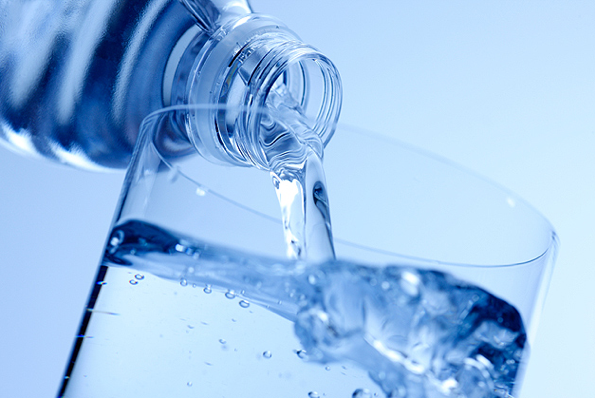Forgetting to drink water regularly might seem a bit laughable for most people, but it’s a problem that a new wearable sensor sets out to mitigate.
Google I/O is fast approaching, and although we have a good idea of some of the new things we will see announced, we still don’t know much about Google’s wearables plan or Android Wear, other than the fact that it exists.
Although Google will likely unload a lot of details about the incoming smartwatches at Google I/O, the technology still has a long way to go. ITt is also a rapidly growing technology, though, with many seemingly essential improvements coming out almost every week.
This week, the new feature comes from Sandia National Laboratories. One of the biggest areas being exploited by newly developed wearable sensors is medical technology. Many wearables started out as fitness trackers, but quickly expanded into deeper medical uses. Sandia’s new sensor falls right into that category. The bottom of the sensor is covered with micro-needles that stick into your skin (ouch!) to measure your interstitial fluid levels, in order to report hydration levels.
This sensor might not be the best for the casual wearer, considering the more invasive nature, but it would be phenomenal for hospitals, endurance athletes, astronauts, and anyone else that needs to intensively monitor hydration levels. While the average person may suffer from irritability or a headache from dehydration, embedding a device lined with micro-needles into ones skin may be a little overkill when access to water isn’t always quite so desperate in any areas of the world where wearable tech is also available.
Even so, some people are already all aboard the wearable train, despite deficiencies, so such an invasive sensor may not seem so unreasonable to many that place a high value upon the self quantification provided by modern wearables. The only data that can be gathered from most wearables available today is limited to various motion tracking functions, manually input user data, and–more recently–heart rate, so the type of data provided by hydration monitoring could definitely be appealing to some of the more fanatical users of personal data trackers.
I’m not aware of any sane person that likes being stuck by needles, so any sensors, such as Google’s glucose sensing contact lenses that eliminates the need for needles will definitely gain popularity. Obviously, like any technology, Sandia Labs’ sensor will likely become more efficient and less invasive over the years, so this may be an option in the typical smatwatch (or contact lenses) sans-needles before you know it.
Read more on Walyou, Google’s Acquisition Spree Reaches into Space, Google Nearby Opens The Door For Indoor Mapping and Automation











